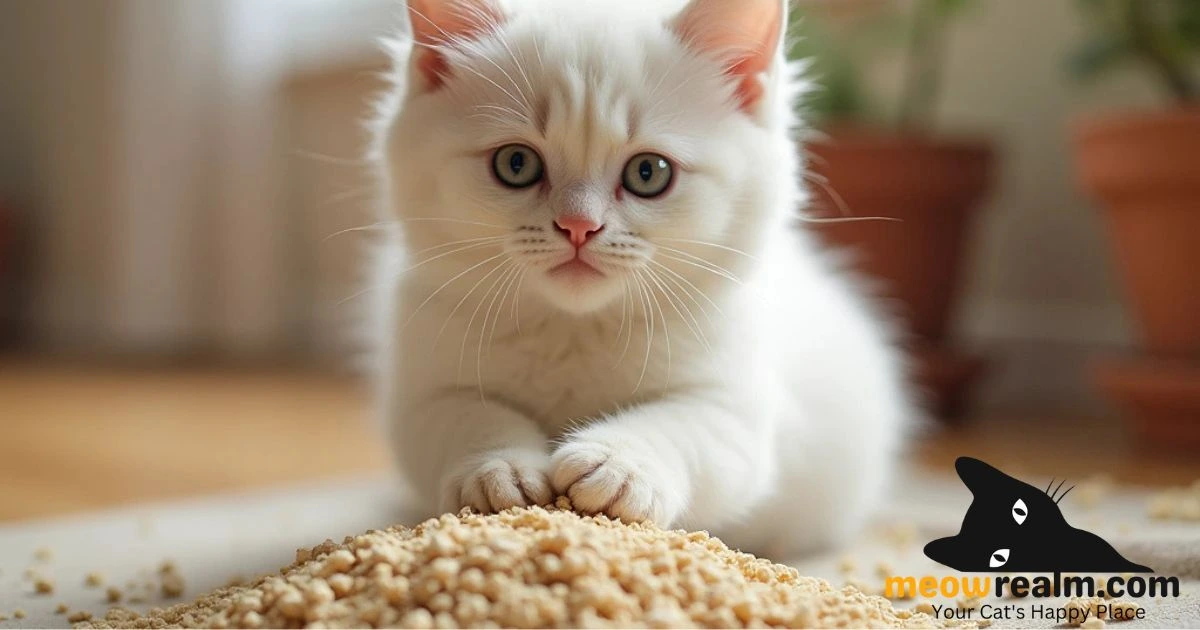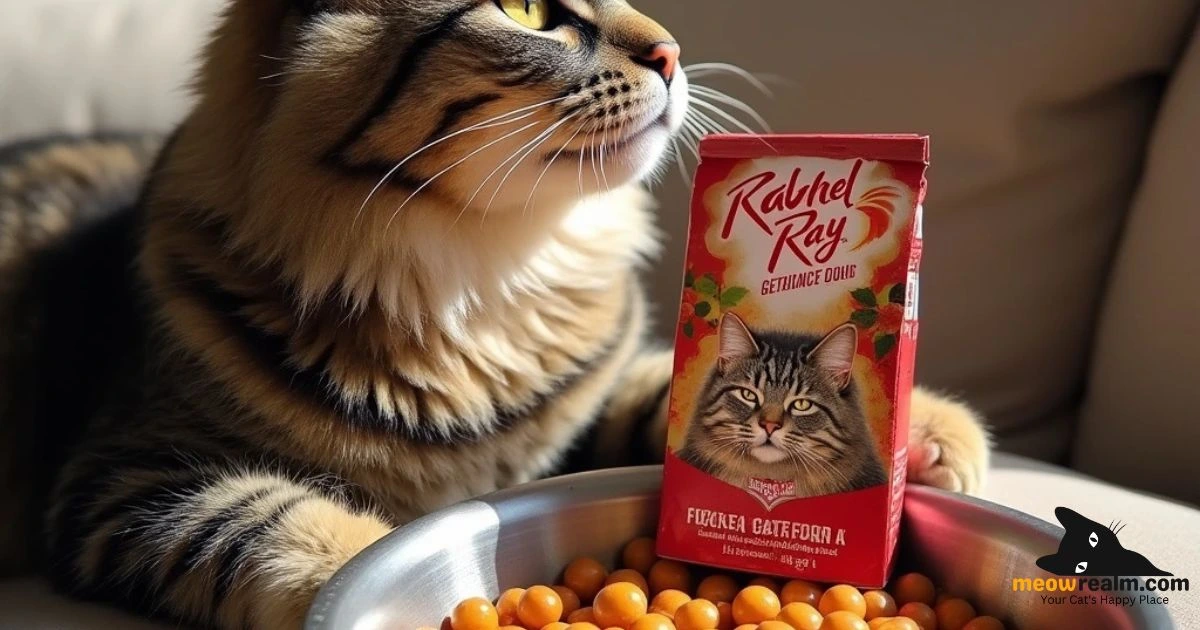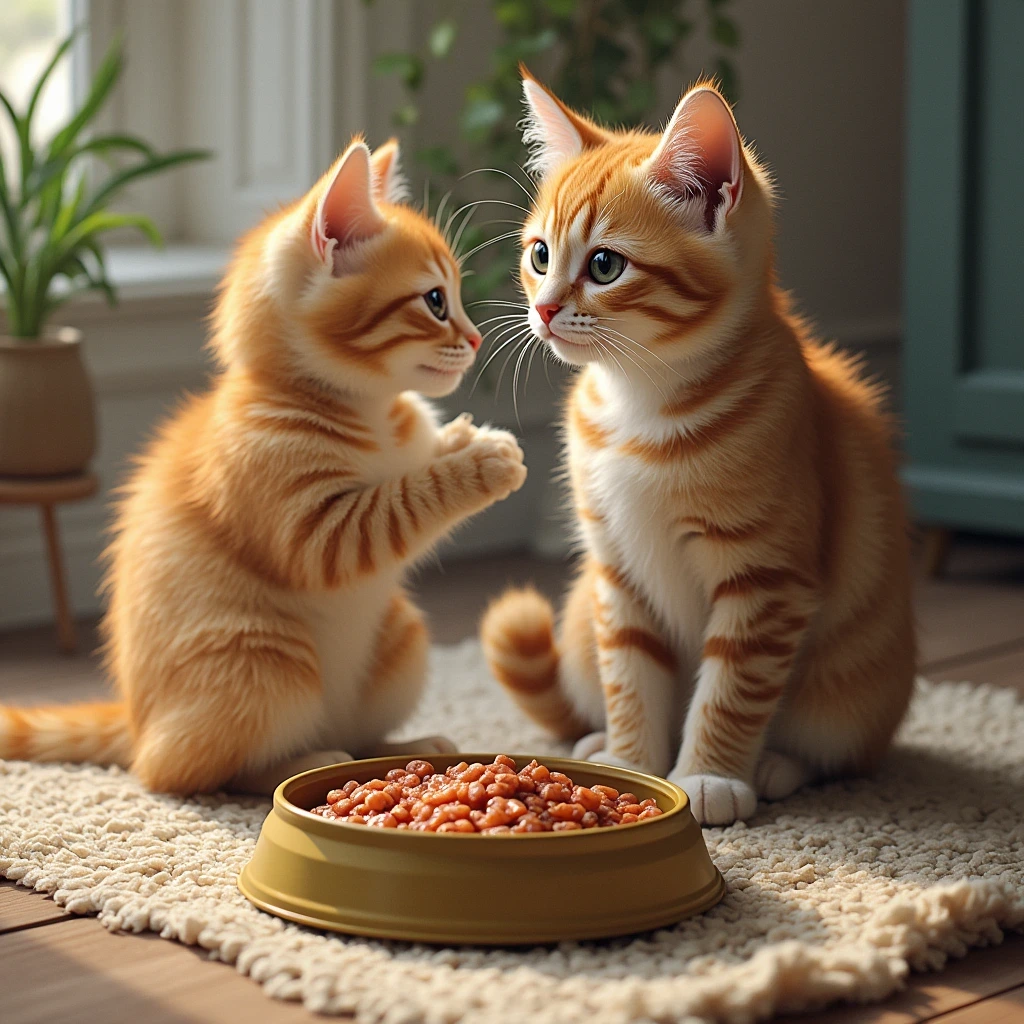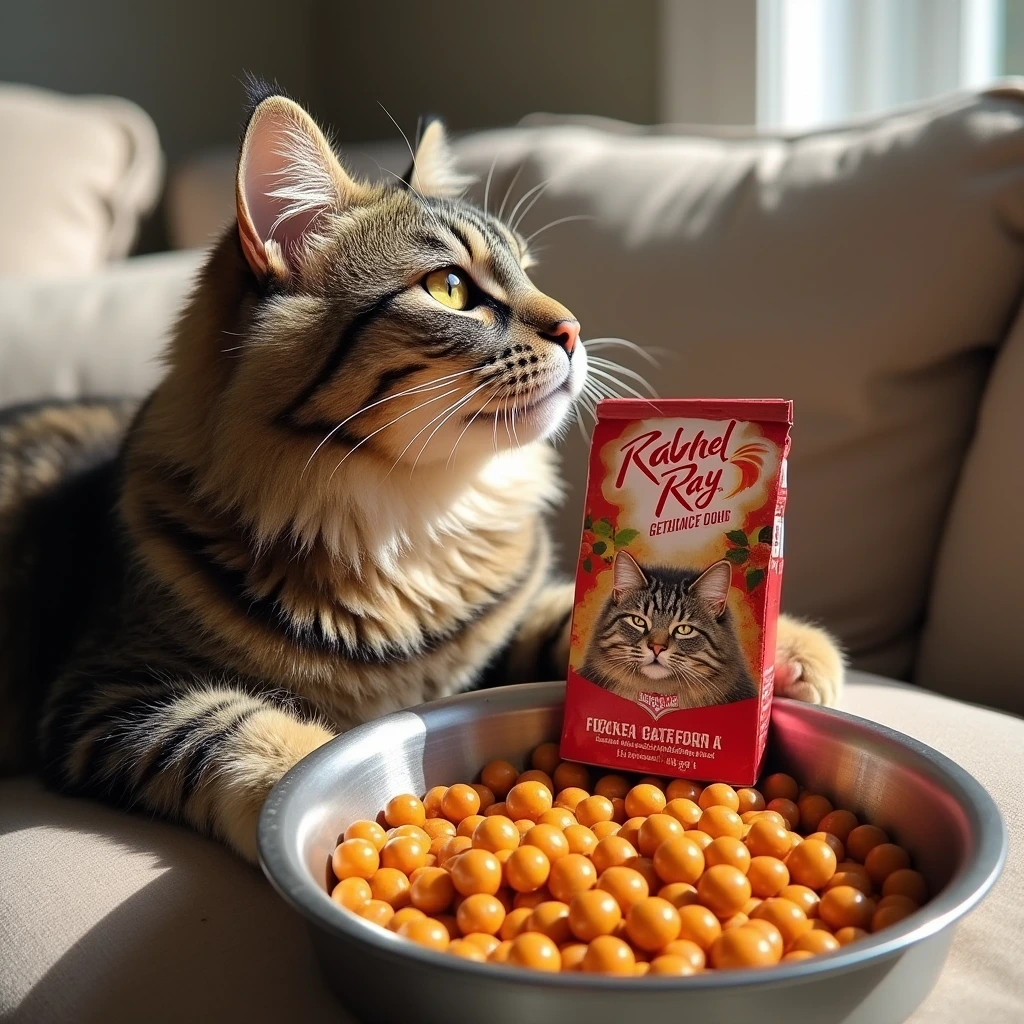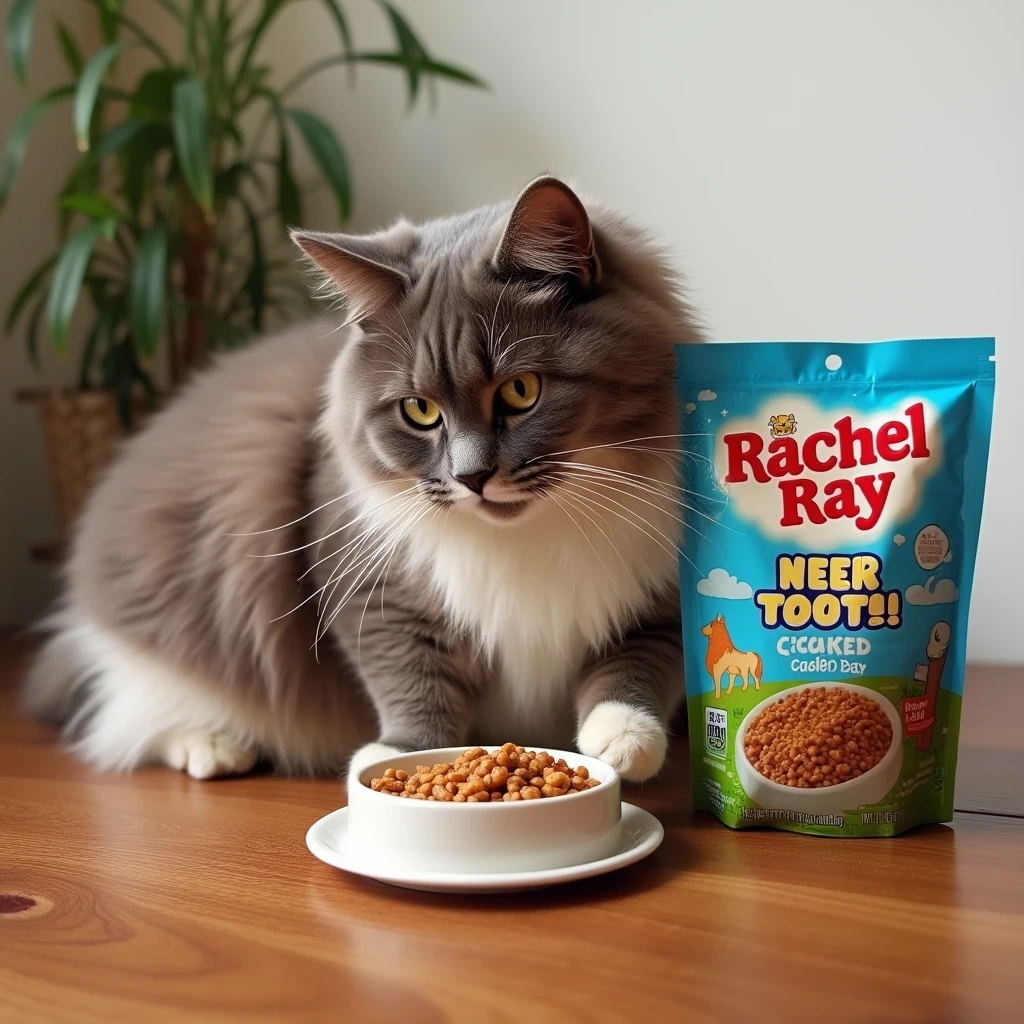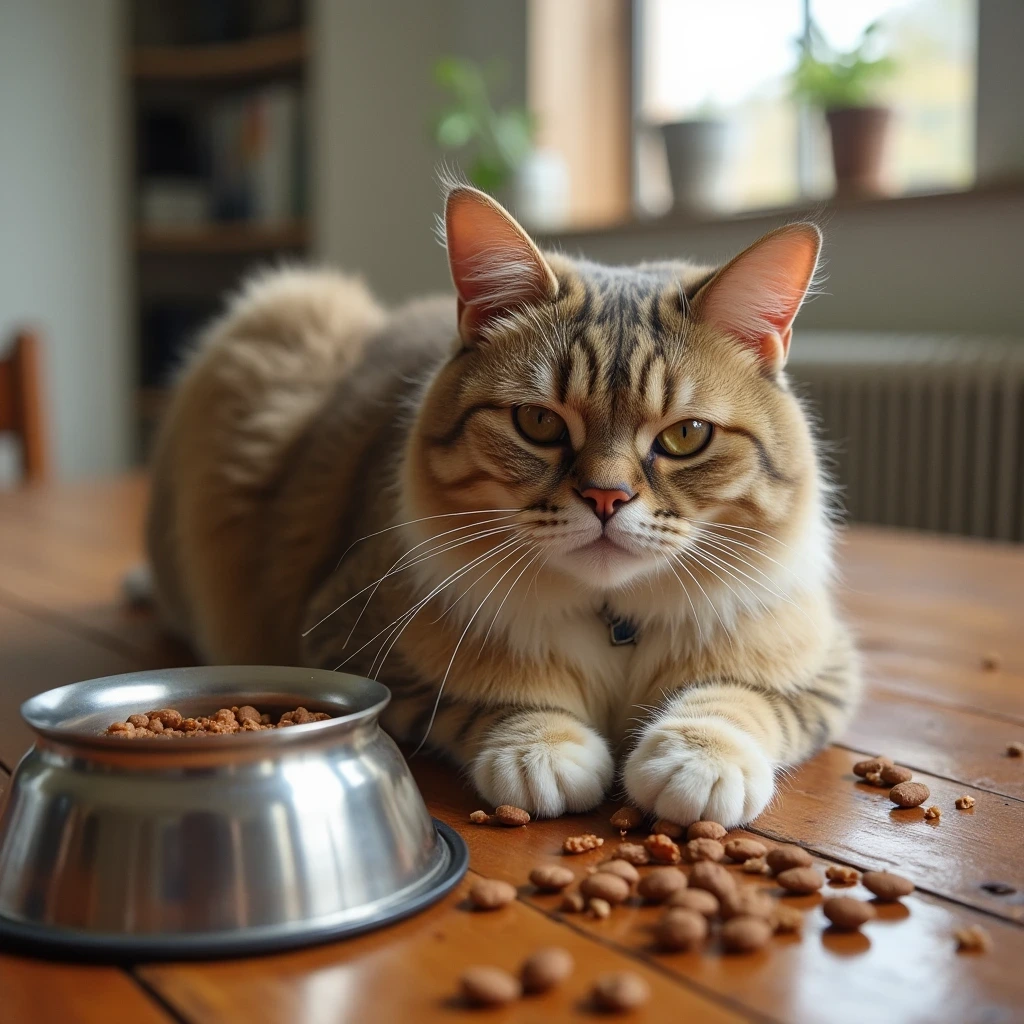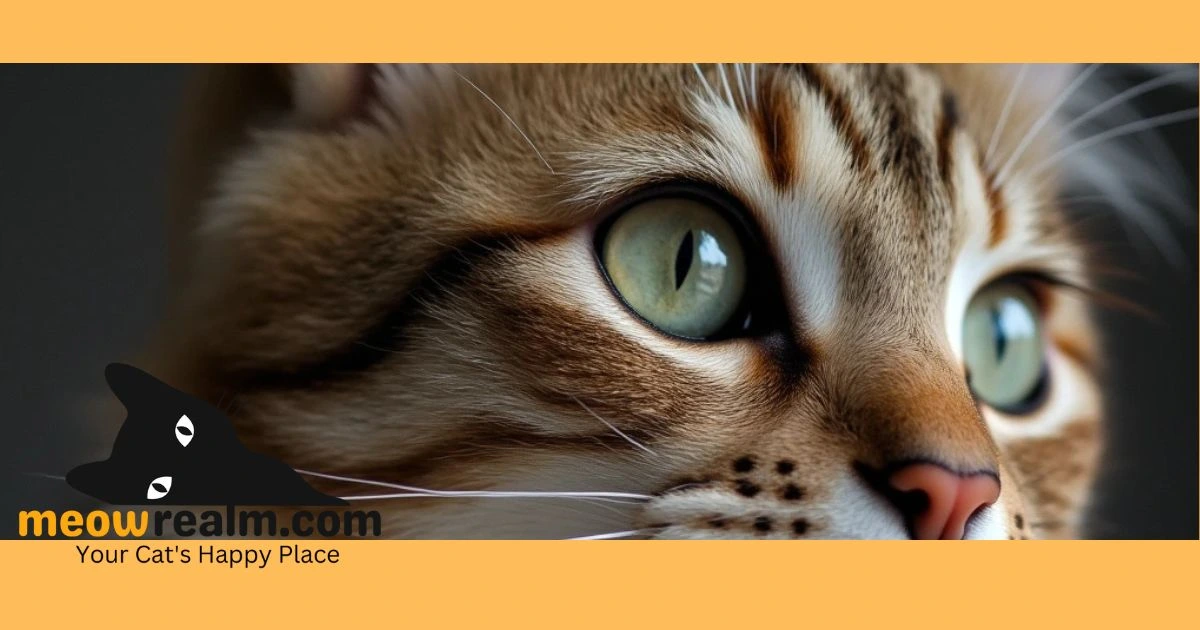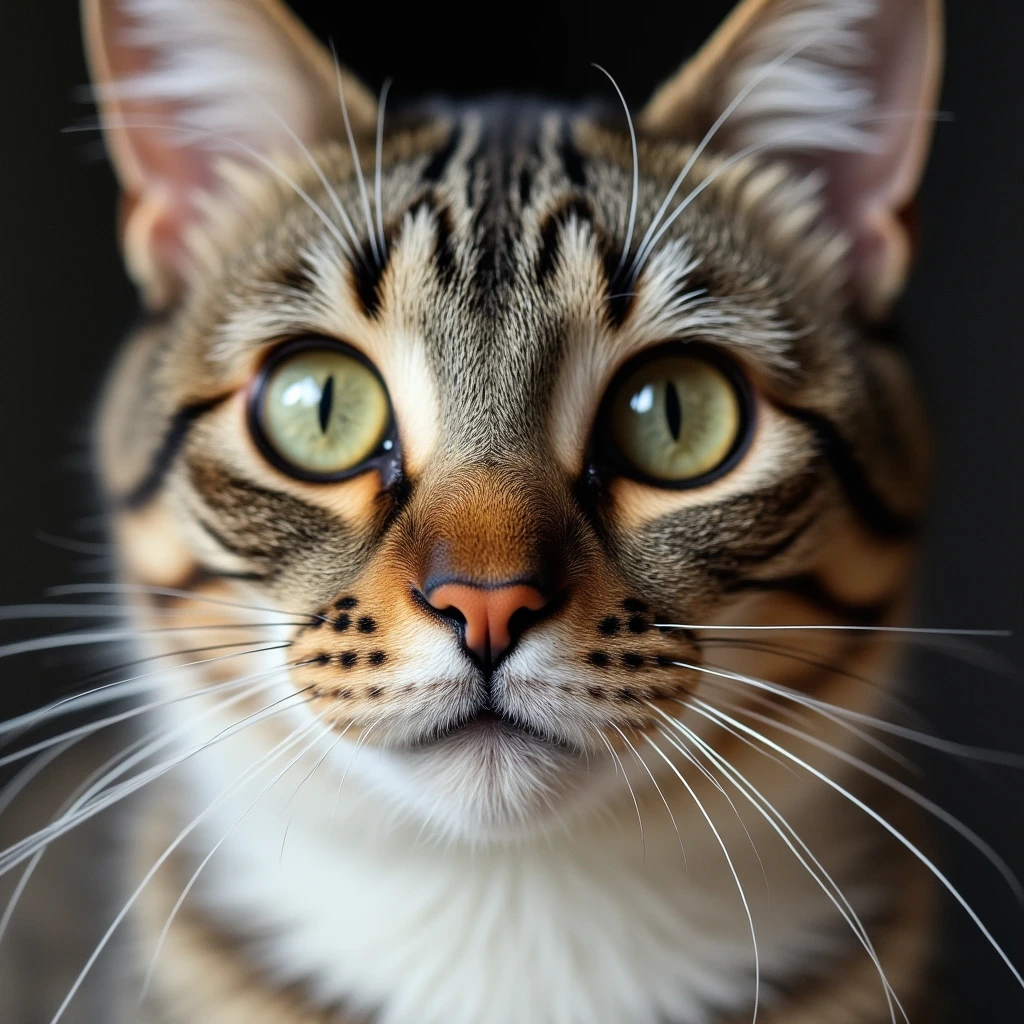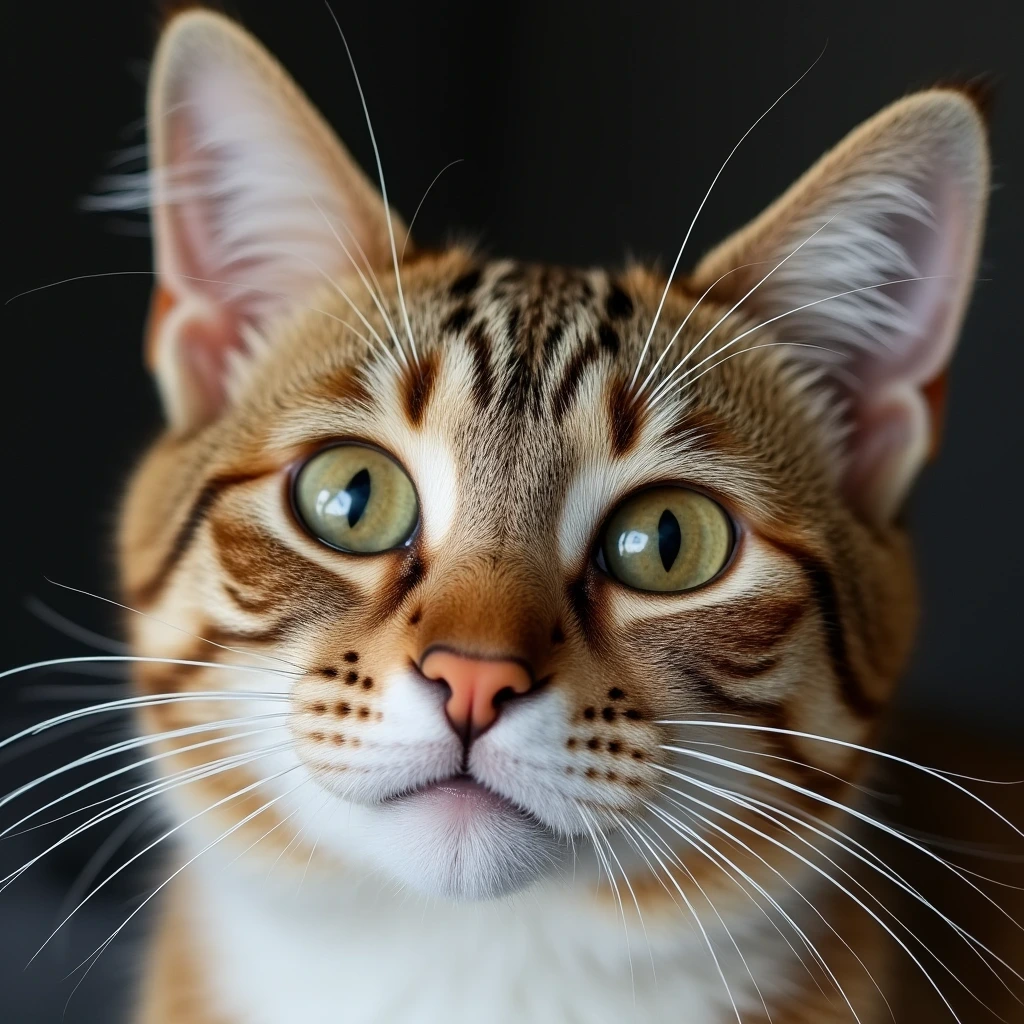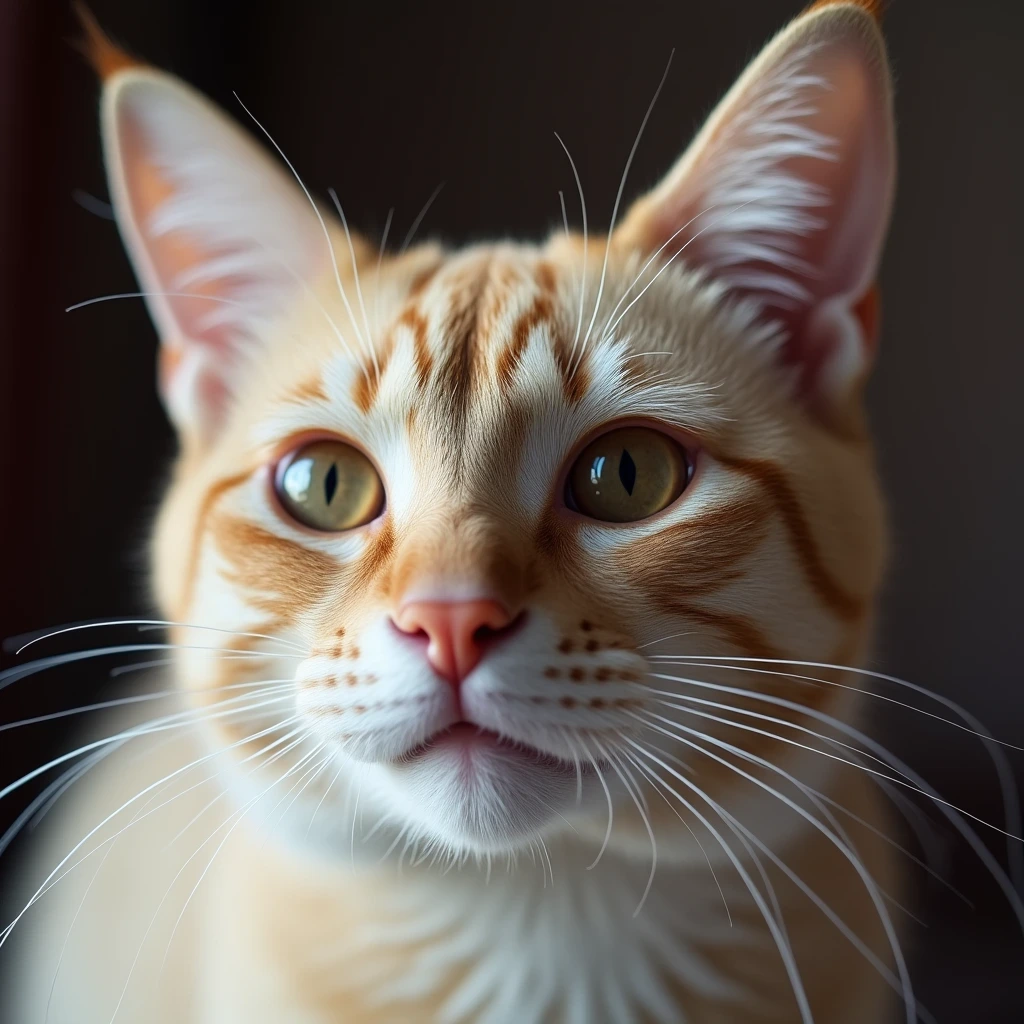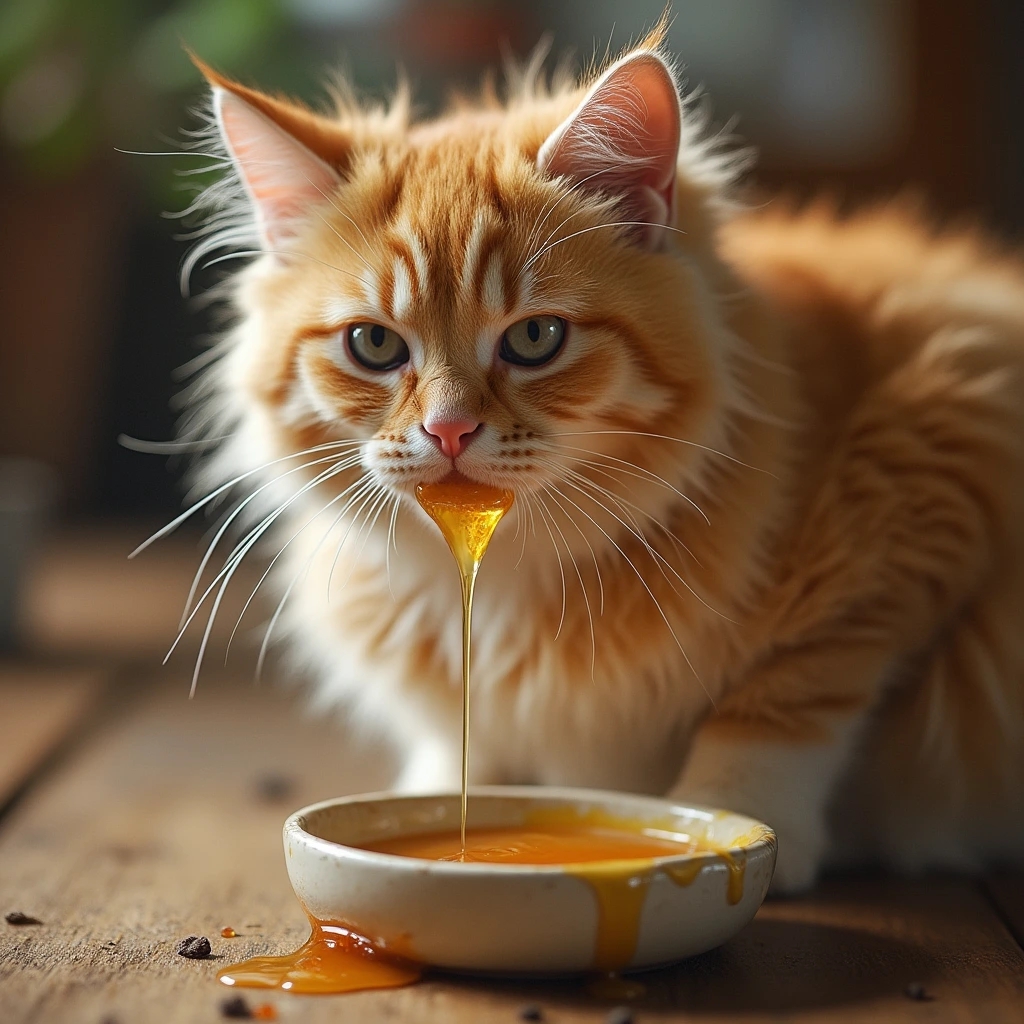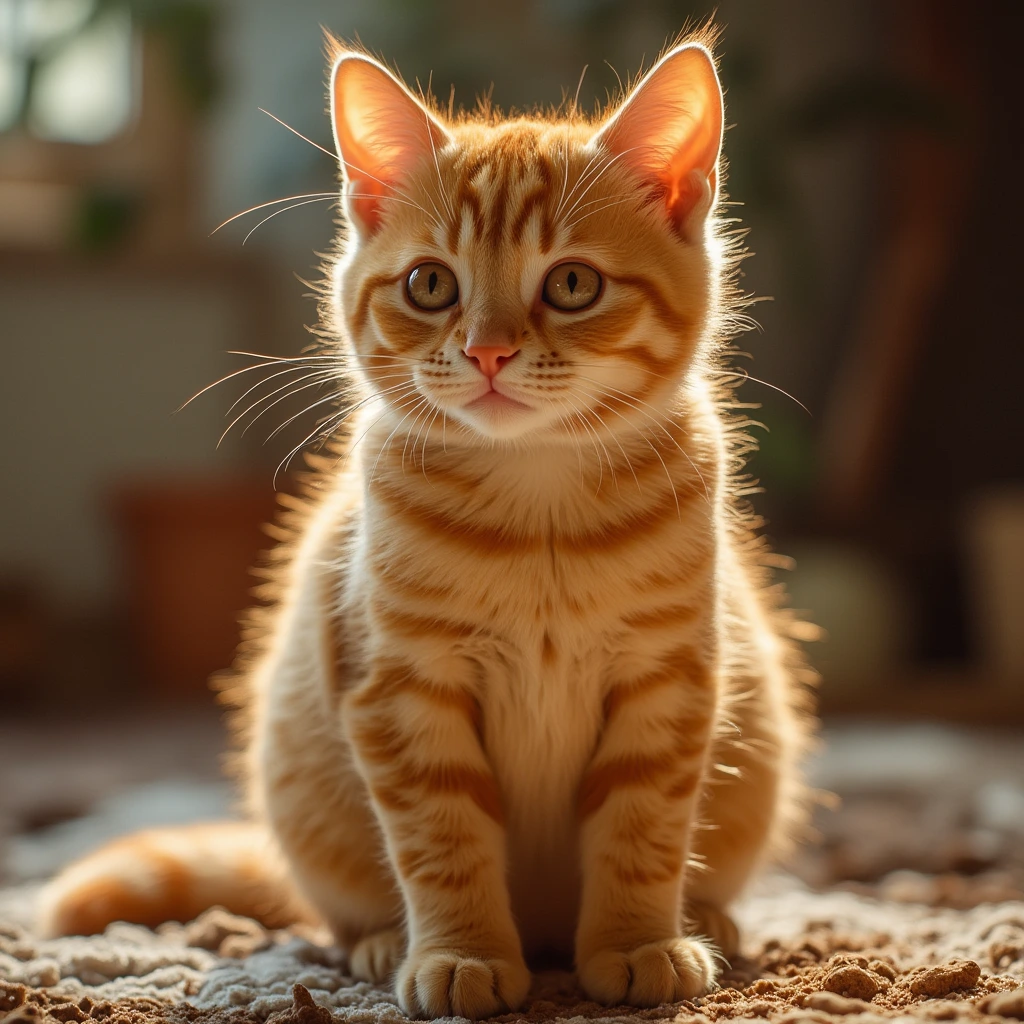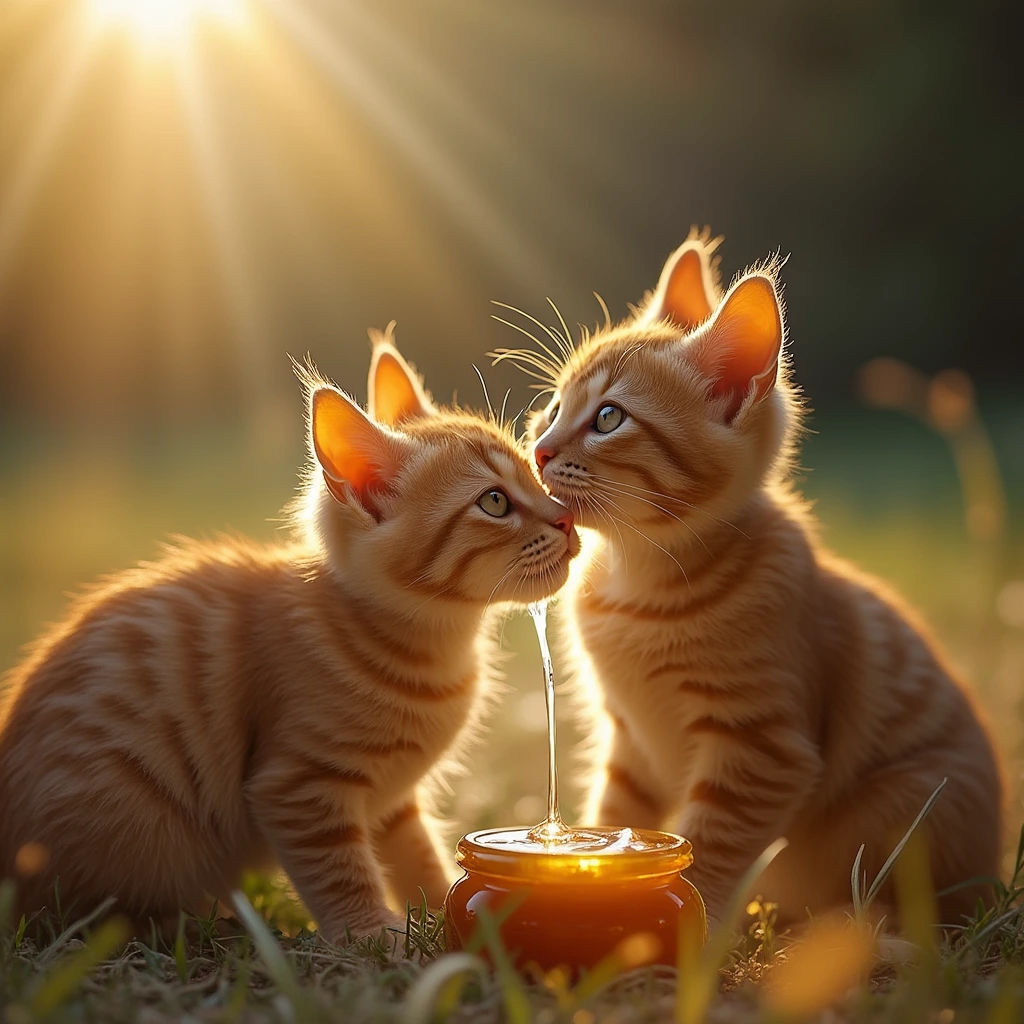Imagine a world where your cat’s litter box isn’t just a necessity but an eco-friendly, odor-free sanctuary for your beloved pet. Traditional clay litters may feel familiar, but they often come with dust, potential allergens, and environmental concerns. Enter tofu cat litter—a revolutionary alternative that’s becoming increasingly popular among pet owners seeking a safe, sustainable solution. In this guide, you’ll discover everything about tofu cat litter, from its benefits to potential drawbacks, along with practical tips on making the transition smooth for your feline friend.
Table of Contents
What Is Tofu Cat Litter?
Tofu cat litter is a plant-based, biodegradable alternative to traditional litters. Made from natural soybean byproducts, tofu litter is free from chemicals and synthetic additives. By recycling the waste from tofu production, this litter option is both environmentally friendly and effective in maintaining a fresh-smelling home. You’ll appreciate that tofu litter doesn’t harm the planet, and your cat will enjoy a clean, safe environment.

How Tofu Cat Litter Is Made
The process behind tofu litter is surprisingly simple yet sustainable. Typically, tofu litter is made by compressing soybean waste into small, soft granules. This litter combines water absorption power and odor control, making it an ideal choice for cat owners who prioritize green living. Unlike clay-based options, tofu litter production doesn’t involve strip mining, meaning it leaves a minimal environmental footprint.
Key Benefits of Tofu Cat Litter
1. Eco-Friendly and Sustainable
You might be drawn to tofu cat litter for its minimal environmental impact. Since it’s 100% biodegradable, you can dispose of it without worrying about contributing to landfill waste. Even better, some brands offer flushable tofu litter, allowing for easy disposal in most plumbing systems. Switching to tofu litter means taking a significant step toward a greener lifestyle.
2. Superior Odor Control
Odor control is essential, and tofu litter excels in this area. Thanks to the natural properties of tofu, this litter absorbs and neutralizes odors effectively. The result? A fresher-smelling home without the need for artificial fragrances that could irritate your cat’s sensitive nose. For multi-cat households, the enhanced odor control is especially helpful.
3. Safe and Non-Toxic for Cats
Tofu litter’s hypoallergenic composition makes it an excellent choice for cats with sensitivities. Since it’s dust-free, it’s gentler on your cat’s respiratory system and reduces the likelihood of allergies. Additionally, tofu litter doesn’t contain harmful chemicals, making it safe if your cat ingests small amounts during grooming.
4. Highly Absorbent and Easy to Clean
Absorbency is where tofu litter shines. Its natural material soaks up moisture rapidly, forming clumps that are easy to scoop. Plus, you won’t have to deal with litter tracking across your floors, as tofu litter tends to stay inside the box. Overall, it’s a low-maintenance choice that reduces cleanup time.
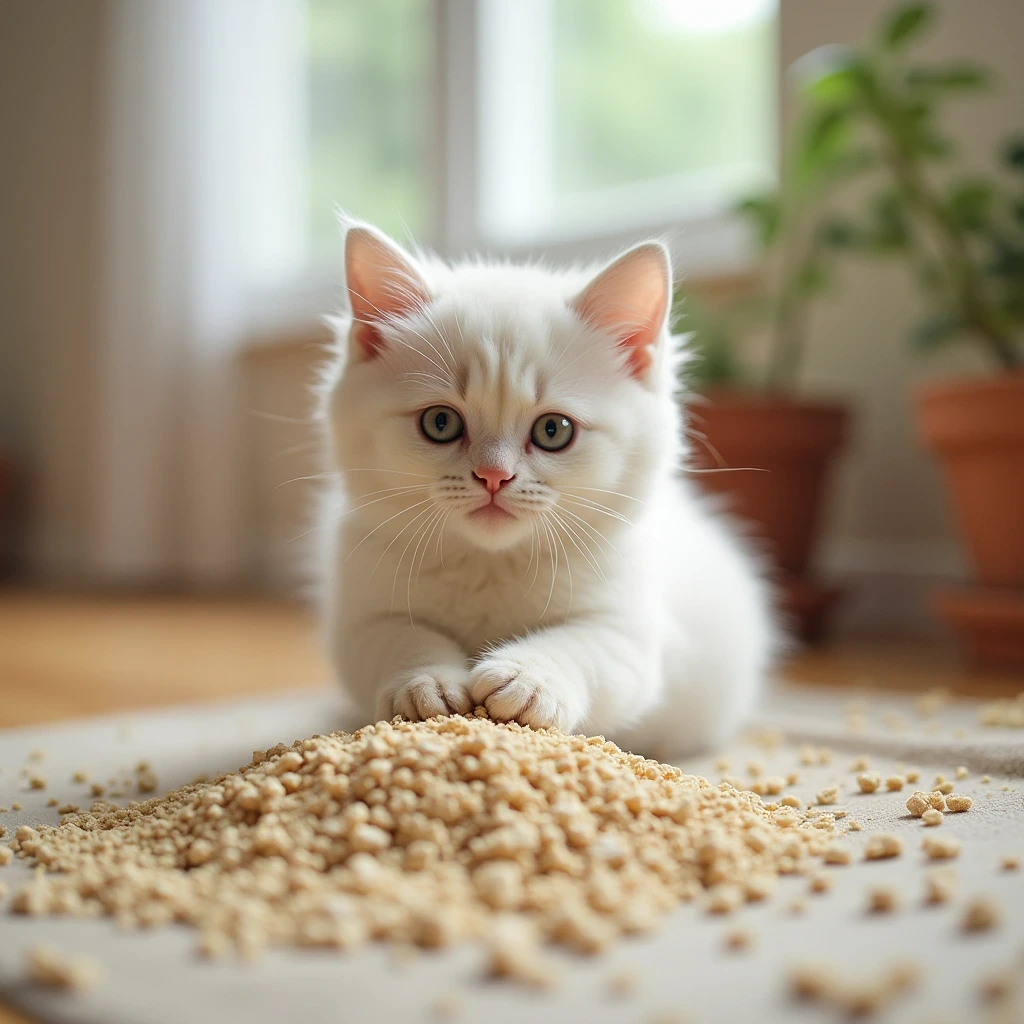
Potential Drawbacks of Tofu Cat Litter
1. Price Considerations
Compared to clay or silica litters, tofu litter can be pricier. The higher cost often reflects the sustainable production process and its plant-based materials. However, many cat owners find that the benefits—environmental, odor control, and safety—justify the expense.
2. Accessibility and Availability
Tofu litter may not yet be as widely available in local stores, though it’s often accessible online. Shopping on platforms like Amazon or visiting pet specialty stores can increase your options.
3. Suitability for Different Types of Cats
Some cats may be more particular about their litter. Tofu litter has a softer, smoother texture, which can take some cats a bit of adjustment. If your cat is hesitant, a gradual introduction (mixing it with their usual litter) can help.
4. Moisture Sensitivity and Storage Needs
Because tofu litter is highly absorbent, it can draw moisture from the air if stored improperly. To ensure a longer shelf life, store it in a dry, cool area, ideally in an airtight container.
Tofu Cat Litter vs. Other Types of Litter
1. Tofu Litter vs. Clay Litter
Clay litters, especially clumping ones, are known for their absorbency and affordability. However, they’re associated with dust, potential allergens, and a higher environmental cost due to mining. Tofu litter, in contrast, is dust-free, eco-friendly, and doesn’t strip the earth of its resources. This makes it a clear winner for environmentally conscious pet owners.
2. Tofu Litter vs. Crystal Litter
Crystal litters are also effective at odor control but can be costly and aren’t biodegradable. Tofu litter’s biodegradability offers a more sustainable choice, though crystal litter may last longer between changes.
3. Tofu Litter vs. Pine and Wheat Litter
Both pine and wheat litters are biodegradable and naturally sourced. However, they don’t clump as efficiently as tofu litter, making cleanup a bit more challenging. Additionally, pine can carry a natural fragrance that might not suit all cats, whereas tofu litter is usually odor-neutral.
How to Transition Your Cat to Tofu Cat Litter
Changing litters can be a delicate process for cats. Here’s a step-by-step guide to make the switch easy:
- Mix It Gradually: Start by mixing tofu litter with your cat’s current litter, increasing the ratio of tofu litter over time.
- Observe Your Cat’s Behavior: Some cats adjust immediately, while others might take time. Be patient and watch for signs of discomfort.
- Reward Positive Behavior: Use treats or playtime to encourage your cat to use the new litter, making the transition as smooth as possible.
Pros and Cons of Tofu Cat Litter
Pros
- Environmentally friendly and biodegradable
- Low-dust, reducing respiratory concerns
- Superior odor control without added fragrances
- Highly absorbent and forms tight clumps
Cons
- Higher upfront cost than clay or silica options
- Limited availability in certain areas
- Moisture-sensitive, requiring careful storage
How to Choose the Best Tofu Cat Litter
When selecting a tofu cat litter, consider the following:
- Particle Size and Texture: Look for finer granules for better absorption and clumping.
- Fragrance-Free vs. Lightly Scented: Fragrance-free options are ideal for sensitive cats, while lightly scented may work for households needing extra odor control.
- Packaging Size: Bulk options may be more affordable, especially if you’re using it for multiple cats.
Popular tofu cat litter brands often include details about their sourcing and processing, helping you make an informed decision. Check online reviews or visit forums to see which brands have been recommended by other cat owners.
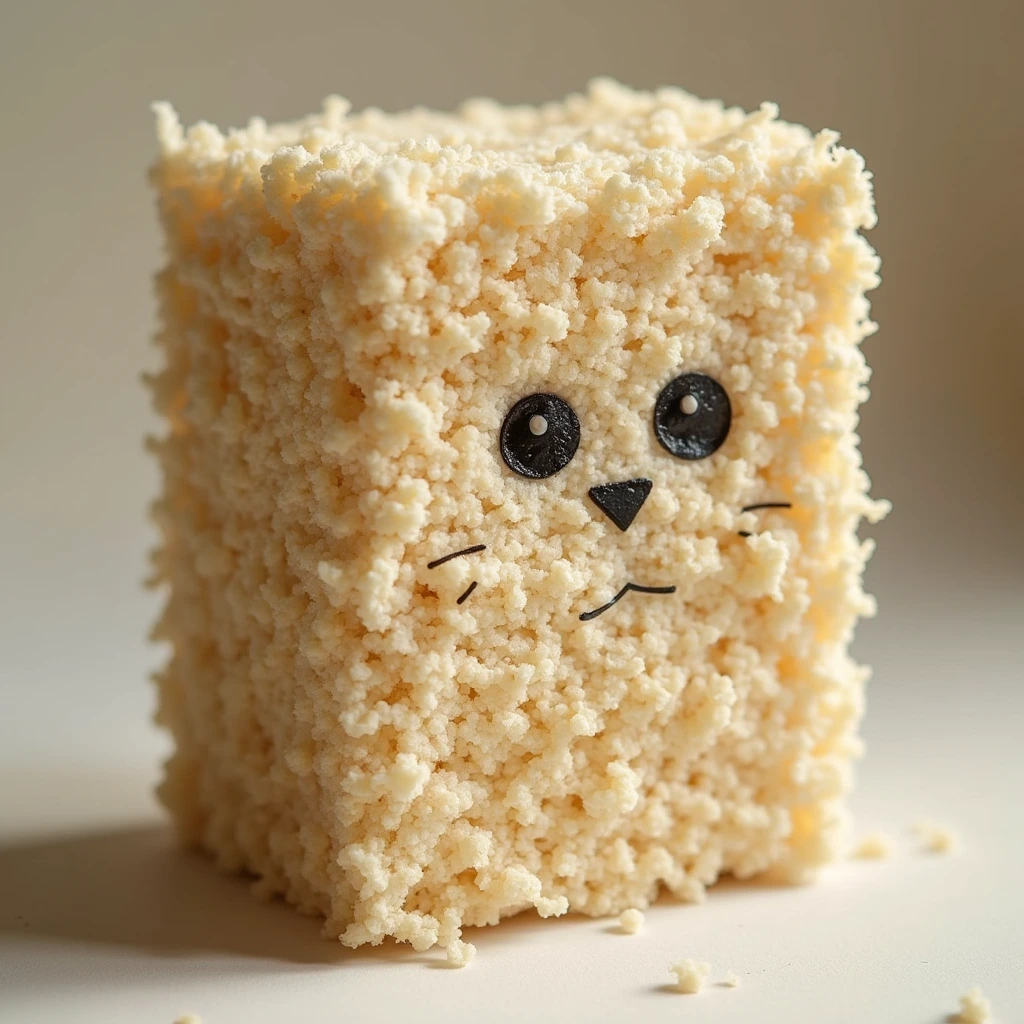
Frequently Asked Questions (FAQ) About Tofu Cat Litter
Can I Flush Tofu Cat Litter?
Yes, tofu cat litter is flushable in most cases. However, check local plumbing regulations as some systems may not accommodate flushing cat litter.
How Long Does Tofu Litter Last?
Tofu litter generally lasts longer than non-clumping options, as it forms tight clumps and controls odor effectively. Plan to change it every two to three weeks.
Is Tofu Litter Safe for Kittens?
Absolutely! Tofu litter is gentle and hypoallergenic, making it a suitable choice for kittens with sensitive respiratory systems.
What’s the Best Way to Store Tofu Litter?
Store tofu litter in a dry, cool place, ideally in an airtight container, to prevent it from absorbing moisture.
Does Tofu Litter Attract Bugs or Mold?
When stored correctly, tofu litter shouldn’t attract bugs or mold. Avoid leaving it exposed to humidity, which could cause unwanted moisture.
Tofu cat litter offers a refreshing alternative to traditional litters, merging sustainability with functionality. By making the switch, you’re not only providing a safer environment for your cat but also making a meaningful choice for the planet. Whether you’re dealing with odor control issues, concerned about allergens, or simply want an eco-friendly option, tofu cat litter delivers on all fronts.
If you’re ready to take the plunge into a cleaner, greener litter experience, check out www.meowrealm.com for top tofu cat litter brands and additional tips on transitioning your cat. Share this guide with friends and family who may be interested in sustainable pet care options—together, let’s make a positive impact, one litter box at a time!

